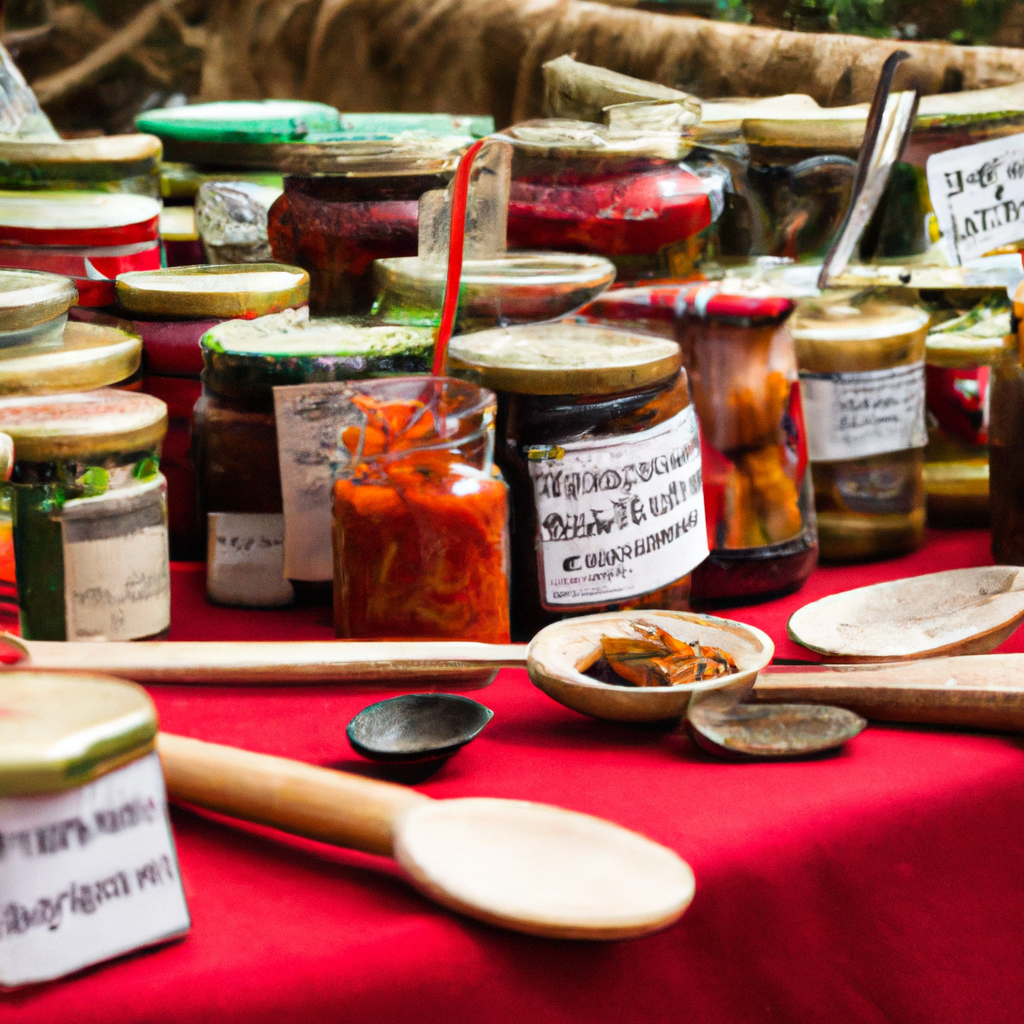Birdwatching is a popular activity for people of all ages. It is both an enjoyable hobby and a great way to appreciate and explore nature. But what about people living in rural areas? With fewer people and the natural land often untouched, rural areas provide a unique opportunity to observe our feathered friends and explore the wonders of nature. Through birdwatching, we can gain a better understanding of the local ecology and reconnect with our environment. In this article, we take a closer look at the joys of birdwatching and nature appreciation in rural areas.
1. Soaring Toward a Deeper Connection: A Guide to Birdwatching
Discover the Wonders of Nature
Breathtaking beauty, incredible sights, fantastic sounds— birdwatching will bring you into the depths of nature’s wonder. Whether you’re a novice or an experienced outdoor enthusiast, birdwatching is an excellent way to observe and appreciate wildlife. As you develop an understanding of the birds in your area, you can experience a deeper connection with nature.
Get Started with a Few Essential Supplies
Start birdwatching with the basics. You can find most supplies easily and they are well worth the investment. Here’s a list of what you might need:
- Binoculars
- Bird Field Guide
- Notebook and Pen
- Camera
- Bird Identification Guide
Head Out to a Prime Birdwatching Spot
Your birdwatching expedition should start somewhere with lots of bird activity. Parks, nature reserves, lakes, and rivers are great places to observe birds. Take your time and look for signs of birds like nests, feathers, or even freshly turned leaves. Watching from a spot without distractions will give you plenty of time to observe their behaviors and take in the sights.
Keep a Journal of Your Adventures
A journal lets you keep better track of the birds you’ve seen, where they were observed, their size, colors, activities, and more. With practice, you’ll be able to recognize more species and their behaviors. The better your notes are, the more you’ll be able to learn about the birds and their activity. Don’t forget to take pictures—they make great additions to your journal and memories.
2. Exploring the Wonders of Nature Through an Ecological Lens
Nature is made up of a variety of wonders that can be experienced in a number of ways. One such way is through an ecological lens — a way of seeing, understanding, and experiencing nature that leaves a lasting impact.
- Observing Animal Habits – We can gain deep insight from nature by looking closely at the habits of animals living in their natural habitats. Watching animals in the wild can be an intense and profound experience. It can teach us about various species’ interactions and behavior, and the way they contribute to the overall ecology.
- Studying Plant Life – Plant life is often taken for granted, yet observing the extraordinary details of various types of flora can bring many surprising and captivating revelations. It’s a way to understand how plants interact with one another and with their environment.
- Interpreting Natural Artifacts – Examining artifacts in the environment can also reveal valuable information. From studying stones to examining the effects of erosion, such artifacts can unveil the intricate ecological systems of nature.
Taking these approaches to exploring the wonders of nature can help one better understand the root of ecological dynamics, which have formed and sustained business, specialty and a large diversity of species for thousands of years.
Ultimately, viewing the environment through an ecological lens provides valuable insight into the crucial relationships between the biosphere and human life, enabling thoughtful discourse that facilitates a more balanced relationship with nature.
3. Tapping Into Our Curiosity: Gaining an Understanding of Rural Ecology
Exploring the ecology of rural areas can warrant a deep curiosity. In an effort to gain a richer understanding, let us consider the various components and interactions that encompass rural ecology.
- First, let us examine the mechanics of the land. Here we can explore the landscape comprising the rural area, including but not limited to the water sources, such as rivers and streams, the mineral deposits, and other features including but not limited to the walking trails and points of access.
- We can then consider the plants and animals that inhabit the area. These can provide us with valuable insight into the overall health of the environment. We can consider the presence of different species of trees, birds, and bees. We also can examine their abundance and interaction with the land.
- Lastly, we can study the ways in which people interact with the rural eco-space. This could mean looking into human activity in the area, and how it impacts the local ecology. It can also mean engaging in dialogue with the local people to explore their relationship with the land.
Tapping into our curiosity and embarking on this journey can open our eyes and minds to the beauty and complexity of rural ecology. In engaging with this environment, we can gain valuable insight into our interconnectedness and cultivate our appreciation of nature.
4. Uncovering the Magic of Birdwatching and Nature Appreciation
Millions of passionate birdwatchers have been captivated by the wonders of feathers, migrations and behaviors. All around the world, the community of bird watchers continues to grow as more and more people are becoming fascinated with these creatures that bring us the joy of nature.
Birdwatching has opened up the door to many to find a meaningful connection and appreciation of the natural world. Every sighting brings with it a new kind of magic and excitement both for the novice and experienced. Using binoculars and a keen eye to pick out birds from a distance gives the experience an adrenalin rush.
Apart from the sense of fulfillment in its observation, bird watching imparts a heightened appreciation of the natural world in us. As we observe and understand the avian creatures, we also sharpen our knowledge of conservation and how to protect them against the effects of human activities.
Here are a few tips to get started in bird watching:
- Research about the birds in your area: Identify the local species to get the best out of your bird watching outing.
- Explore different habitats: Be sure to explore wetlands, fields, mountains, coasts, and woodlands.
- Bring the right equipment and dress accordingly: Have the right binoculars and other equipment for a comfortable experience, and wear clothes appropriate for the season.
- Have a bird identification guide and a journal: Recording and tracking will help to learn more with every outing.
Bird watching is an amazing activity to explore the wonders of nature. From learning more about the environment to witnessing firsthand the beauty of birds in nature, it is an activity that is certain to put a smile on your face.
5. The Joy of Sharing Nature’s Beauty with the World
Traveling the world has its perks, but few experiences come close to sharing the splendor of nature. From treks through lush jungles to postcard-worthy sunsets, there’s nothing quite like showing the places you’ve seen and experienced to the world and learning how your sense of wonder inspires others.
The world is full of geographies and environments which we can unearth through travel, offering the chance to level up our appreciation of the many wonders of nature. From snorkeling in pristine coral reefs to seeing fields of brightly-colored flowers, there is joy and appreciation to be found in every destination.
Capturing nature’s beauty promises a satisfaction you can’t find anywhere else. Imagine the feeling of being the first to reach the summit of an iconic mountain or taking a never-before-seen shot of a waterfall cascading down a valley. The happiness that comes from catching a unique moment in time to share is something that’s hard to find elsewhere.
Here are some tips to make sure you get the most out of every journey:
- Take your time – Nature has things to offer us if we look and wait for them.
- Choose quality over quantity – there’s no need to rush and take a hundred traditional photos of a place. Instead, take your time to identify the best angles and compositions.
- Research local flora and fauna – learn what kind of animals, plants, and geographies you find in each location you visit.
- Be mindful of your footprints – focus on minimal impact traveling and respect the environment around you.
Creating memories of nature’s beauty is something that can be endlessly sought after. With every new place you discover, you will find appreciation for the environment and knowledge of its inhabitants. So embrace nature and take the time to capture and share its beauty with the world.
So, go explore the wonders of rural ecology in your area! Take a few moments to observe the graceful birds soaring against the sky and take in all the beauty of nature. Just remember – as you’re admiring your feathered friends, remember to appreciate the beauty and fragility of rural ecosystems all around us.





